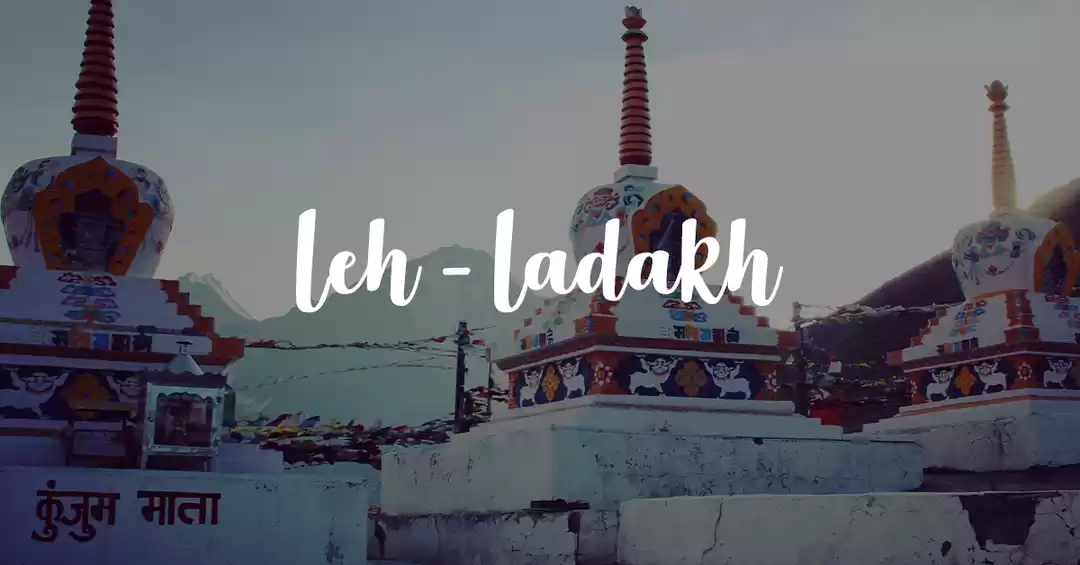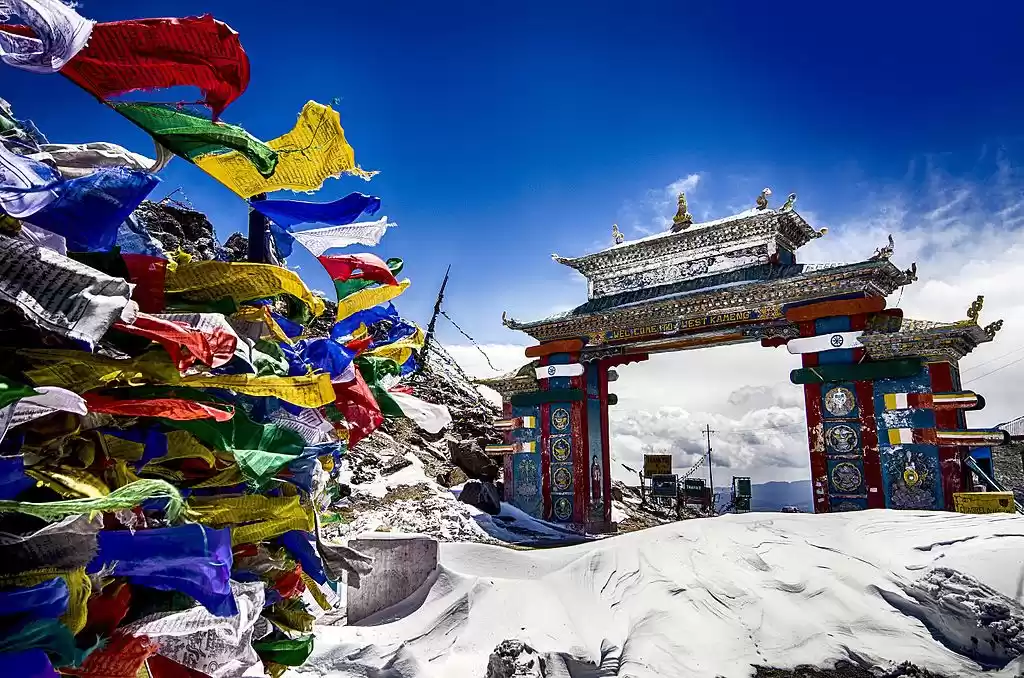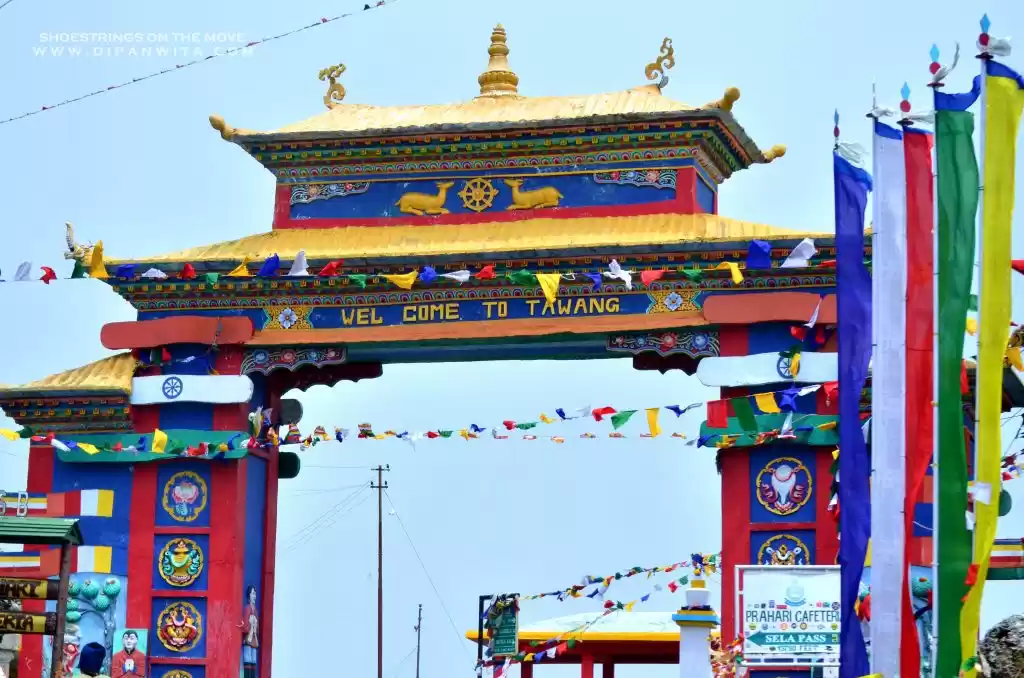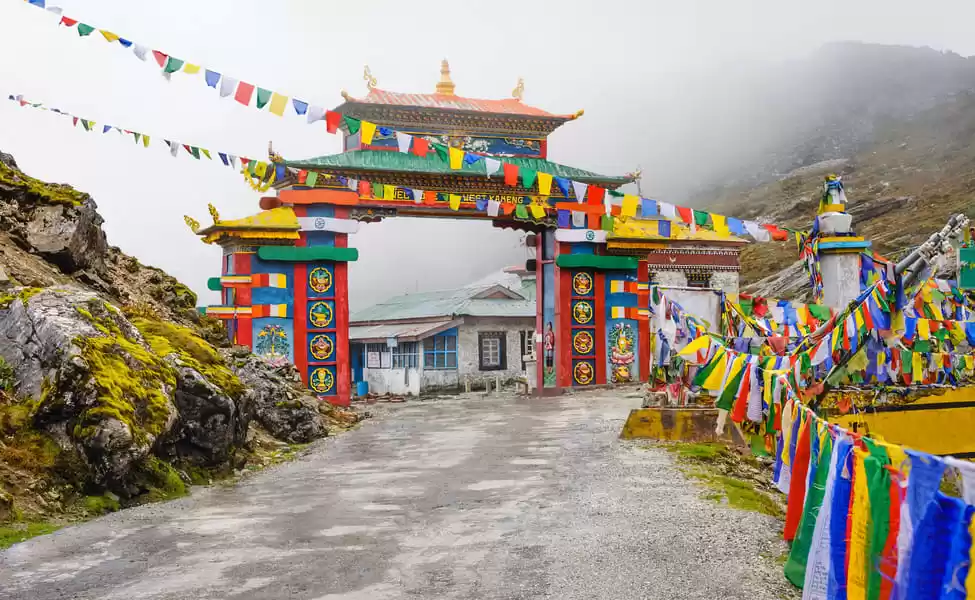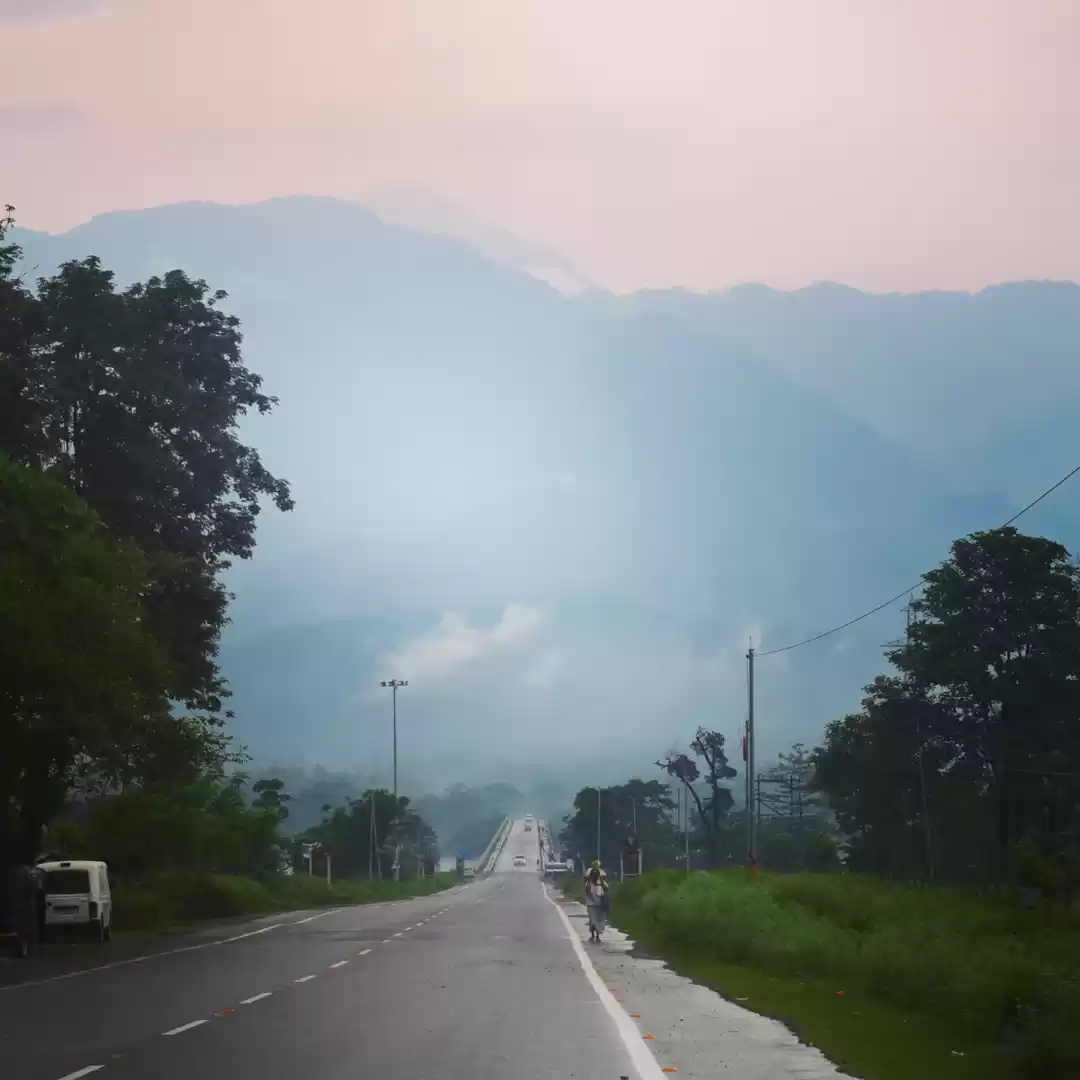
Nestled amidst the serene mountains of the northeastern Indian state of Arunachal Pradesh lies the Tawang Monastery, a place of profound spirituality and rich cultural heritage. This magnificent monastery stands as a testament to both human endeavor and faith, drawing visitors from across the globe. In this article, we will embark on a journey to explore the Tawang Monastery, providing insights into how to reach, where to stay, the process to obtain an Inner Line Permit (ILP), the local culture, and the monastery's historical significance in today's world.

Key facts about Tawang Monastery:
Size: Tawang Monastery is one of the largest monasteries in Asia in terms of area and is the largest in India. It covers an area of about 135 acres.
Altitude: The monastery is situated at an elevation of approximately 10,000 feet (3,000 meters) above sea level, making it one of the highest monasteries in India.
Religious Significance: Tawang Monastery is a significant center for Tibetan Buddhism and is the largest Buddhist monastery in India. It belongs to the Gelugpa sect, which is the same as the Dalai Lama's sect.
Architecture: The monastery is known for its impressive architectural style, with a towering central structure, beautifully adorned interiors, and stunning views of the surrounding mountains.
Library: Tawang Monastery also houses a vast library with a collection of ancient scriptures, books, and manuscripts, making it an important repository of Buddhist literature.
Festivals: The monastery is famous for its festivals, particularly the Torgya Festival and Losar Festival, which attract visitors and pilgrims from different parts of the world.

Reaching Tawang Monastery
Tawang is not easily accessible, but the journey to this sacred site is an adventure in itself. You can reach Tawang by road or air:
By Road: The road journey from Guwahati, Assam, is the most common route. It takes approximately 15-16 hours to cover the 520 kilometers. The route offers breathtaking views of lush green valleys, cascading waterfalls, and picturesque landscapes. It's recommended to hire a local driver who is familiar with the treacherous mountain roads.
By Air: The nearest airport to Tawang is the Tezpur Airport in Assam. From there, you can hire a cab or take a shared taxi to Tawang, which is around a 10-12 hour drive.

Where to Stay
Tawang offers a range of accommodation options, from budget guesthouses to more comfortable hotels. The options include:
Tawang Town: The town itself has several hotels and guesthouses to choose from, catering to various budgets.
Bomdila: Located on the way to Tawang, Bomdila also offers some decent accommodation choices.
Obtaining the Inner Line Permit (ILP)
Arunachal Pradesh, including Tawang, requires travelers to obtain an Inner Line Permit (ILP) to visit. You can obtain the ILP from the Arunachal Pradesh Tourism Office in Guwahati, online through the official Arunachal Pradesh government website, or upon arrival at Bhalukpong or Tezpur.
Local People and Culture
The people of Tawang predominantly belong to the Monpa tribe. They are known for their warmth and hospitality. The Monpas follow Tibetan Buddhism, and their culture is deeply intertwined with their faith. The Tawang Monastery plays a central role in preserving and propagating their cultural and religious heritage.
The Monpas celebrate various festivals with great fervor, including Losar (Tibetan New Year) and Torgya. These festivals offer a glimpse into their traditional music, dance, and rituals.

Significance in Today's World
The Tawang Monastery stands as a symbol of peace, spirituality, and cultural heritage. In today's world, it serves as a place of meditation, learning, and introspection. Its serene ambiance offers solace to seekers of inner peace.
Moreover, Tawang Monastery is a testament to the harmonious coexistence of various faiths in India. It is not only a place of worship for Buddhists but also a cultural marvel that draws people from all walks of life, fostering unity in diversity.
Exploring Tawang Monastery is a journey not only through the stunning landscapes of the northeastern Himalayas but also through the rich tapestry of history, culture, and spirituality. As you stand in the shadow of this awe-inspiring structure, you can't help but appreciate the profound significance it holds, not just for the people of Arunachal Pradesh but for all of humanity. Tawang Monastery is a testament to the enduring power of faith, culture, and the human spirit.
So, pack your gear, immerse yourself in the beauty of this pristine wilderness, and let the wings of these delicate creatures take your breath away.
Think we missed out on something? Tell us about it in the comments below. Or write about it here on Tripoto.








